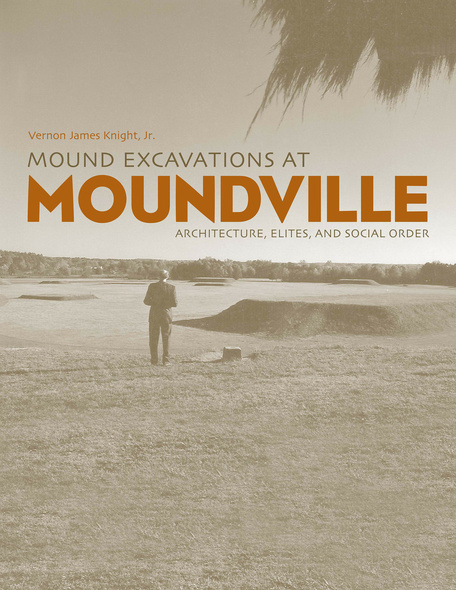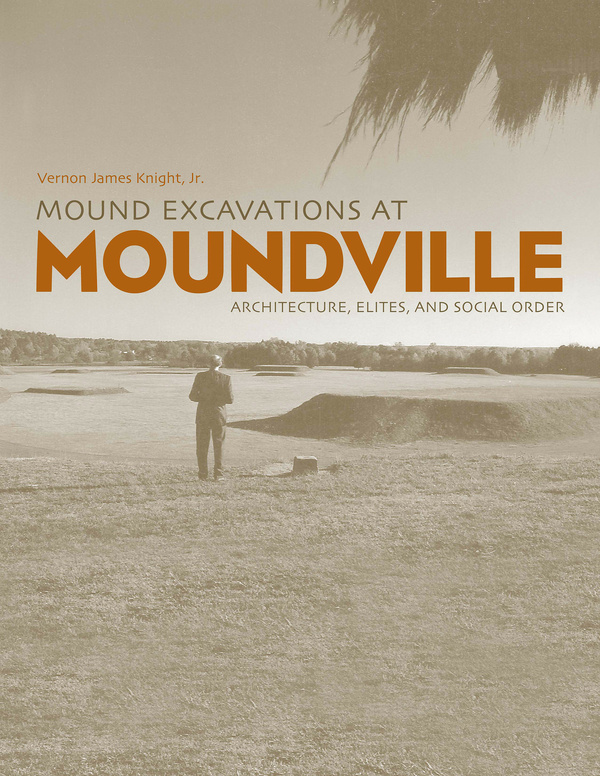
424 pages, 8 1/2 x 11
240 illustrations
Hardcover
Release Date:09 Jun 2010
ISBN:9780817316877
Mound Excavations at Moundville
Architecture, Elites and Social Order
University of Alabama Press
How social and political power was wielded in order to build Moundville
This work is a state-of-the-art, data-rich study of excavations undertaken at the Moundville site in west central Alabama, one of the largest and most complex of the mound sites of pre-contact North America. Despite the site's importance and sustained attention by researchers, until now it has lacked a comprehensive analysis of its modern excavations. Richly documented by maps, artifact photo-graphs, profiles of strata, and inventories of materials found, the present work explores one expression of social complexity; the significance of Moundville’s monumental architecture, including its earthen mounds; the pole-frame architecture that once occupied the summits of these mounds; and the associated middens that reveal the culture of Moundville’s elites.
This book supplies a survey of important materials recovered in more than a decade of recent excavations of seven mounds and related areas under the author’s direction, as part of a long-term archaeological project consisting of new field work at the Mississippian political and ceremonial center of Moundville.
Visitors to Moundville are immediately impressed with its monumentality. The expansiveness and grandness of that landscape are, of course, deliberate features that have a story to tell and this archaeological project reveals Moundville’s monumentality and its significance to the people whose capital town it was.
Exactly how the social and political power symbolized by mound building was distributed is a question central to this work. It seems critical to ask to what extent this monumental landscape was the product of a chief’s ability to recruit and direct the labor of large groups of political subordinates, most of whom were presumably non-kin. At the onset of the present project, speculations regarding the paired orders of mounds and the timing of the formal structuring of space at Moundville were already suggested but were in need of further testing, confirmation, and refinement. The work reported in this volume is largely devoted to filling in such evidence and refining those initial insights. An excellent chapter by H. Edwin Jackson and Susan L. Scott, "Zooarchaeology of Mounds Q, G, E, F, and R," compliments this research.
A Dan Josselyn Memorial Publication
Moundville is one of the most important ancient sites in North America, and this book brings our understanding of it to an entirely new level. Knight’s research is absolutely first-rate. Apart from what the book teaches us about Moundville’s history, it also describes mound-excavation methods that are innovative and will be emulated by archaeologists for years to come. Simply put, this work is destined to become a landmark of North American archaeology.’—Vincas P. Steponaitis, author of Ceramics, Chronology, and Community Patterns: An Archaeological Study at Moundville and coeditor of Archaeology of the Moundville Chiefdom
This book is, quite simply, magnificent, both informative and comprehensive in ways rarely seen in archaeological studies. . . . The artifact data presented, particularly the ceramic sequence, will be a valuable guide for researchers working in the Midsouth region, and of general interest over a much wider area. . . . This will be a classic of southeastern archaeology, a report that will be used for decades by scholars interested in learning about the site of Moundville and mound excavation and, through example, what professional reporting should be.’—David G. Anderson, coeditor of The Paleoindian and Early Archaic Southeast and The Woodland Southeast
Vernon James Knight Jr. is Professor of Anthropology at The University of Alabama and author, coauthor, editor, and coeditor of a wide range of books and articles spanning his career, including the latest, The Search for Mabila: The Decisive Battle between Hernando de Soto and Chief Tascalusa.




